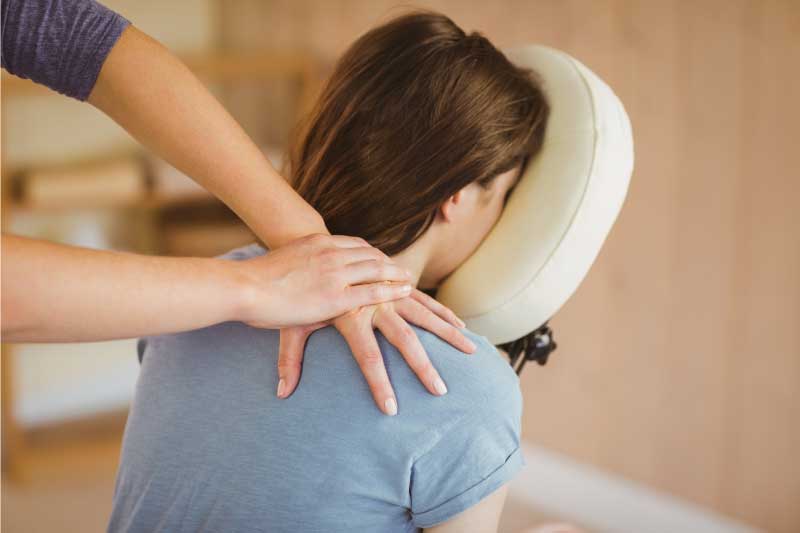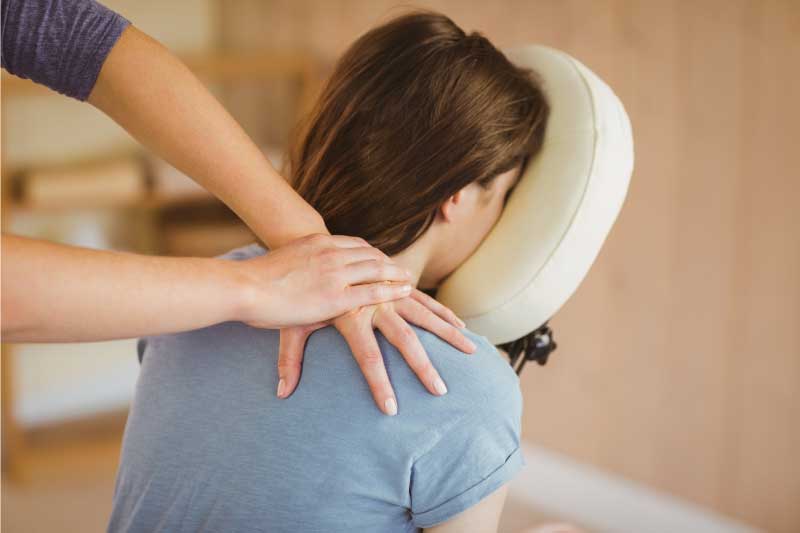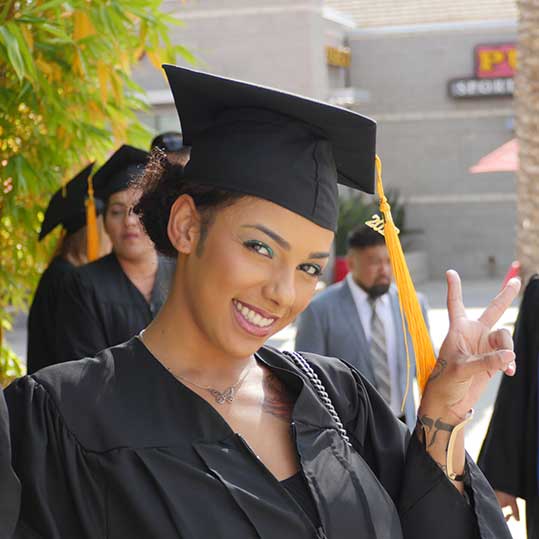Massage therapy has evolved from ancient healing traditions into a scientifically backed healthcare practice that offers profound benefits for both physical and mental well-being. Whether you’re seeking relief from chronic pain, stress reduction, or simply looking to enhance your overall health, understanding different massage therapy styles can help you make informed decisions about your wellness journey.
This comprehensive guide explores the most popular massage therapy techniques, their unique approaches, and the extensive health benefits they provide. You’ll discover how each style addresses specific concerns and learn which techniques might be most suitable for your individual needs.
What are the Common Massage Therapy Styles
Discover popular massage therapy styles and their scientifically-proven health benefits. Discover the style that’s right for your wellness goals.
Swedish Massage: The Foundation of Modern Therapy
Swedish massage serves as the cornerstone of Western massage therapy, incorporating five fundamental techniques that form the basis for most other styles. This gentle yet effective approach focuses on improving circulation, reducing muscle tension, and promoting relaxation throughout the body.
The technique utilizes effleurage (long, flowing strokes), petrissage (kneading movements), tapotement (rhythmic tapping), friction (circular pressure), and vibration to address surface-level muscle tension. Swedish massage typically uses light to moderate pressure, making it an excellent choice for massage therapy newcomers or those seeking stress relief without intense physical manipulation.
Research demonstrates that Swedish massage significantly reduces cortisol levels while increasing the production of oxytocin and serotonin, leading to an improved mood and decreased anxiety. Regular sessions can also enhance immune system function by increasing white blood cell activity, helping your body defend against illness more effectively.
Deep Tissue Massage: Targeting Chronic Pain and Tension
Deep tissue massage employs firm pressure and slow strokes to reach deeper layers of muscle and connective tissue. This therapeutic approach proves particularly beneficial for individuals dealing with chronic pain, postural problems, or sports-related injuries.
Unlike Swedish massage, deep tissue work focuses on specific problem areas rather than providing full-body relaxation. Therapists use their knuckles, elbows, and forearms to apply sustained pressure, breaking up adhesions and scar tissue that restrict movement and cause discomfort.
Clinical studies show that deep tissue massage can reduce chronic low back pain more effectively than traditional medical treatments in some cases. Patients often experience improved range of motion, decreased inflammation, and enhanced recovery from exercise-induced muscle damage after receiving regular deep tissue treatments.
Sports Massage: Performance Enhancement and Recovery
Sports massage combines techniques from various massage styles to address the specific needs of athletes and physically active individuals. This specialized approach can be adapted for pre-event preparation, post-event recovery, or ongoing maintenance throughout training cycles.
Pre-event sports massage uses stimulating strokes to warm muscles, increase circulation, and enhance flexibility before competition or intense training. Post-event sessions focus on reducing muscle soreness, preventing injury, and accelerating recovery through gentle stretching and lymphatic drainage techniques.
Research indicates that sports massage can improve athletic performance by increasing flexibility, reducing delayed onset muscle soreness (DOMS), and enhancing psychological readiness for competition. Athletes who receive regular sports massage also show reduced risk of injury and faster return to training after minor muscle strains.
Hot Stone Massage: Ancient Therapy Meets Modern Science
Hot stone massage incorporates heated basalt stones as extensions of the therapist’s hands, allowing for deeper muscle penetration without excessive pressure. The smooth volcanic rocks retain heat effectively, transferring warmth deep into muscle tissue to promote relaxation and improve circulation.
This technique combines the benefits of thermotherapy with traditional massage strokes, creating a uniquely soothing experience that addresses both physical tension and mental stress. The heat helps muscles relax more quickly, enabling therapists to work more effectively on areas of chronic tension.
Studies suggest that hot stone massage may be particularly effective for reducing symptoms of autoimmune conditions like fibromyalgia and rheumatoid arthritis. The combination of heat and massage also shows promise for improving sleep quality and reducing symptoms of depression and anxiety.
Aromatherapy Massage: Sensory Healing Through Essential Oils
Aromatherapy massage enhances traditional massage techniques by incorporating carefully selected essential oils that provide additional therapeutic benefits through both skin absorption and inhalation. Different essential oils target specific concerns, from lavender for relaxation to peppermint for muscle soreness relief.
The olfactory system’s direct connection to the limbic brain means that essential oils can influence emotions, memory, and physiological responses almost immediately. When combined with massage, these aromatic compounds create a multi-sensory healing experience that addresses both physical and emotional needs.
Research demonstrates that aromatherapy massage can significantly reduce anxiety levels in hospitalized patients and improve quality of life for individuals dealing with chronic conditions. Certain essential oil combinations also show antimicrobial properties, potentially supporting immune system function during massage sessions.
Thai Massage: Movement-Based Healing
Thai massage, also known as “lazy person’s yoga,” involves passive stretching, joint mobilization, and pressure point stimulation performed on a floor mat rather than a massage table. This ancient practice views the body as an energetic system, aiming to restore balance and enhance flexibility through gentle, assisted movement.
Practitioners use their hands, knees, legs, and feet to move clients through various yoga-like positions while applying rhythmic pressure along energy lines called “sen.” This unique approach improves joint mobility, increases flexibility, and enhances energy flow throughout the body.
Clinical trials show that Thai massage can improve balance and functional ability in elderly individuals while reducing fall risk. The technique also demonstrates effectiveness in managing chronic pain conditions, particularly lower back pain and tension headaches.
Reflexology: Healing Through Foot Therapy
Reflexology applies pressure to specific points on the feet, hands, and ears that correspond to different organs and systems throughout the body. This practice is based on the theory that these reflex points are connected to other body parts through energy pathways.
Skilled reflexologists use thumb and finger techniques to stimulate reflex points, potentially improving function in corresponding body areas. Sessions typically focus primarily on the feet, where the largest concentration of reflex points is located.
Research suggests that reflexology may help reduce symptoms of premenstrual syndrome, improve circulation in diabetic patients, and provide pain relief for individuals with plantar fasciitis. Some studies also indicate potential benefits for anxiety reduction and improved sleep quality.
Prenatal Massage: Specialized Care for Expectant Mothers
Prenatal massage adapts traditional massage techniques to accommodate the unique needs and safety concerns of pregnant women. Specially trained therapists use positioning aids and modified techniques to ensure comfort while providing relief from pregnancy-related discomforts.
This specialized form of massage addresses common pregnancy issues such as lower back pain, hip discomfort, leg swelling, and sleep difficulties. The therapy also provides emotional support during a time of significant physical and psychological changes.
Studies indicate that prenatal massage can reduce pregnancy anxiety, decrease symptoms of depression, and improve labor outcomes. Women who receive regular prenatal massage also report better sleep quality and reduced joint pain throughout their pregnancy.
Shiatsu: Japanese Pressure Point Therapy
Shiatsu, meaning “finger pressure” in Japanese, applies rhythmic pressure to specific points along the body’s meridian system. This technique aims to balance the body’s energy flow and promote natural healing processes through precise pressure application.
Practitioners use fingers, thumbs, palms, and sometimes knees and elbows to apply pressure to acupoints while clients remain fully clothed on a floor mat. The practice incorporates elements of traditional Chinese medicine and Japanese healing philosophies.
Research shows that shiatsu may help reduce chronic pain, improve sleep patterns, and enhance overall quality of life for individuals with various health conditions. Some studies also suggest benefits for reducing anxiety and improving digestive function.
The Science Behind Massage Therapy Benefits
Modern research has validated many traditional claims about massage therapy’s health benefits, revealing the physiological mechanisms behind these ancient healing practices. Regular massage therapy triggers multiple beneficial responses throughout the body’s systems.
Circulatory System Benefits: Massage improves blood circulation by mechanically moving blood through congested areas and stimulating the release of vasodilators that widen blood vessels. Enhanced circulation delivers more oxygen and nutrients to tissues while removing metabolic waste products more efficiently.
Nervous System Effects: Massage activates the parasympathetic nervous system, promoting the body’s “rest and digest” response. This activation reduces stress hormone production while increasing endorphin release, creating natural pain relief and improved mood.
Muscular System Improvements: Regular massage reduces muscle tension, improves flexibility, and enhances range of motion by breaking up adhesions and increasing tissue pliability. These changes can improve athletic performance and reduce injury risk.
Immune System Enhancement: Studies show that massage therapy increases the activity of natural killer cells and other immune system components, potentially improving the body’s ability to fight infections and diseases.
Choosing the Right Massage Style for Your Needs
Selecting the most appropriate massage style depends on your specific goals, health status, and personal preferences. Consider these factors when making your decision:
Pain Relief: Deep tissue massage and trigger point therapy excel at addressing chronic pain and muscle tension. Sports massage may be most appropriate for exercise-related discomfort.
Stress Reduction: Swedish massage and aromatherapy massage provide excellent relaxation benefits, while hot stone massage combines stress relief with deeper muscle work.
Specific Conditions: Prenatal massage addresses pregnancy-related concerns, while reflexology may help with systemic health issues through pressure point stimulation.
Personal Comfort: Consider your comfort level with different pressure intensities and exposure levels when choosing between techniques.
Building Your Massage Therapy Career
The growing recognition of massage therapy’s health benefits has created increasing demand for skilled practitioners. Professional massage therapy training programs, like those offered at Southern California Health Institute (SOCHi), provide comprehensive education in multiple massage styles and techniques.
These programs typically cover anatomy and physiology, pathology, business practices, and hands-on technique training. Students learn to assess client needs, develop treatment plans, and provide safe, effective massage therapy across various settings.
Career opportunities for massage therapists continue expanding beyond traditional spa environments to include medical offices, physical therapy clinics, sports facilities, and wellness centers. This diversification reflects massage therapy’s growing acceptance as a legitimate healthcare modality.
Maximizing Your Massage Therapy Benefits
To gain maximum benefit from massage therapy, consider these practical recommendations:
Consistency Matters: Regular sessions provide cumulative benefits that exceed those of occasional treatments. Establish a schedule that fits your budget and lifestyle.
Communication is Key: Clearly communicate your goals, comfort preferences, and any health concerns to your massage therapist. This information helps them customize treatments for optimal results.
Hydration and Self-Care: Drink plenty of water after massage sessions to support the elimination of metabolic waste products. Gentle stretching and rest can also enhance the benefits of treatment.
Professional Qualification: Select licensed and certified massage therapists who have completed accredited training programs. Proper training ensures the safe and effective delivery of treatment.
Transform Your Wellness Journey Through Massage Therapy
Massage therapy offers a powerful, natural approach to improving health and well-being through various specialized techniques. From Swedish massage’s gentle relaxation benefits to deep tissue work’s targeted pain relief, each style provides unique advantages for different needs and preferences.
The extensive research supporting massage therapy’s health benefits continues to validate what practitioners have known for centuries: therapeutic touch can promote healing, reduce pain, and enhance quality of life. Whether you seek stress relief, pain management, or performance enhancement, there’s likely a massage style that can help you achieve your wellness goals.
Ready to explore a career in this rewarding field? Southern California Health Institute’s Advanced Professional Massage Therapy program provides comprehensive training in multiple massage techniques, preparing you to make a meaningful difference in clients’ lives while building a fulfilling healthcare career.




